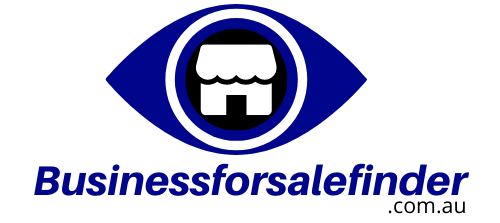How to Value Your Business
Business brokers and accountants use a number of methods, you should keep in mind though that all valuation methods should be used as a general guide only. At the end of the day, a business is only worth what a buyer is willing to pay VS what the owner is willing to sell it for.
Asset Valuation Method
Asset valuations can be completed going on a ‘going concern’ basis or a full-blown liquidation basis. It is typically used when a business has either already declared bankruptcy or if it is not currently making a profit.
1. Going Concern.
A going concern approach essentially lists the business’ net value on the balance sheet and it reduces the value of total liabilities.
2. Liquidation Asset Approach.
With a liquidation asset approach, it is determined by the total net cash that would be fully received if every single asset was sold and all of the liabilities were paid off in full.
Using the asset-based approach is much more difficult if the business is operating as a sole trader since the assets in a sole proprietorship are owned ‘in name’ by the actual owner and being able to separate the assets from the business and the owner (personal use vs business use) can be complicated. Whereas, in a corporation, all of the assets that are owned by the business in question would typically be included in the sale of a business.
For example, someone that is a sole proprietor in a cleaning company is likely to use the work van as well as equipment for both personal and business use. Thus, someone that is looking to purchase the business will need to figure out which assets will be included in the sale of purchase as part of the business that they are buying.
Capitalized Future Earnings Method?
This is typically the most common way to value a small business. When you are purchasing a small business, you are buying everything including its assets and the profits that it is likely to generate in the immediate future. These profits are calculated and categorized as future earnings. The future earnings are given an expected value and the capitalization of these earnings gives an anticipated return on investment (ROI). The higher the ROI, the better it is going to be for the buyer of the business.
The capitalized future earnings method is one that allows you to really compare two different businesses in order to determine which one is likely to provide you with the best return on your investment.
1. You will need to figure out the company’s average net profit calculated over the previous 3 years. You should be taking into account whether there are specific conditions that are likely to make this average figure difficult or impossible to repeat.
2. Calculator the expected return on investment by dividing the company’s total expected profit by the cost and by coming up with a percentage.
3. You will then want to divide the company’s average net profit by the return on investment and multiply it by 100 in order to come up with the total value of the business.
For instance, Roger is looking to purchase a cafe that has an average total net profit of $50,000. Let’s assume David is looking for a total return of investment of 20 percent per annum. Therefore, he divides the total of $50,000 by 20 and then multiplies it by the factor of 100 in order to get the total business value of $250,000.
Using The Comparables Method:
This is another common way to value a business. This is a good option to get accurate estimates because you take a comparable company that was recently sold. For instance, if you look at an office and home security company, we know they typically trade at double the monitoring revenue. Whereas, we know that accounting companies typically trade at one-time gross recurring fees. Therefore, you will be able to ask around to figure out what the total selling price is of comparable companies within the same industry.
The most significant problem with this type of valuation method is the fact that it typically leads to comparing companies that can be considered something that is not an apple to apple comparison. For instance, if you attempt to compare your business with other businesses listed on the ASX, your results are likely to be way off.
The Discounted Future Earnings Method:
Discounted future earnings is another popular valuation method that can be used to estimate a company’s value. This method utilizes forecasts for expected future earnings for a company and it’s estimated the terminal value at a specific date in the future. It then subtracts these back to the present time using a specific discount rate. The total of the discounted future earnings and the terminal value essentially equates to the total estimated value of the company.
Multiple Of Earnings Method
The multiple of earnings valuation method is widely by business brokers in Australia due to it’s simplicity. Essentially, the buyer takes the annual profit (EBITDA) for a year (either an average of the last 3 years or last financial year) and multiplies it by a number. The number (multiple) is usually determined by the industry which your business belongs to.
For example, a cafe or restaurant usually has a multiple of 1 to 2, compared with engineering businesses which will have a multiple of 4-5.

